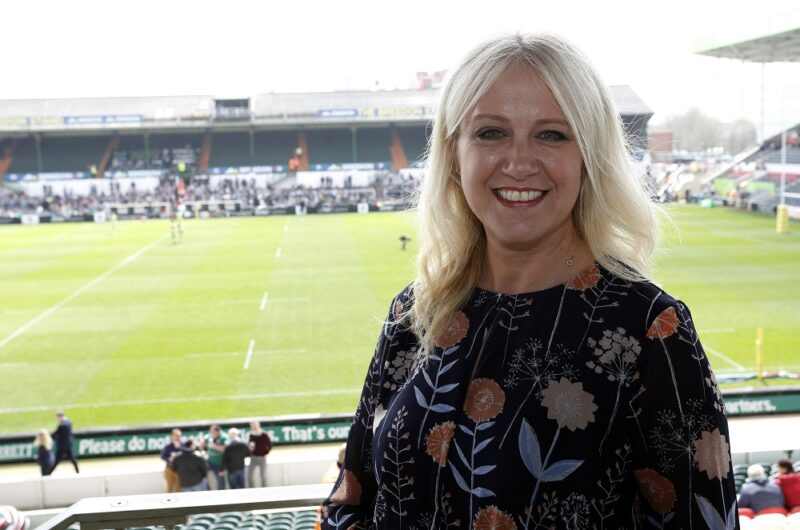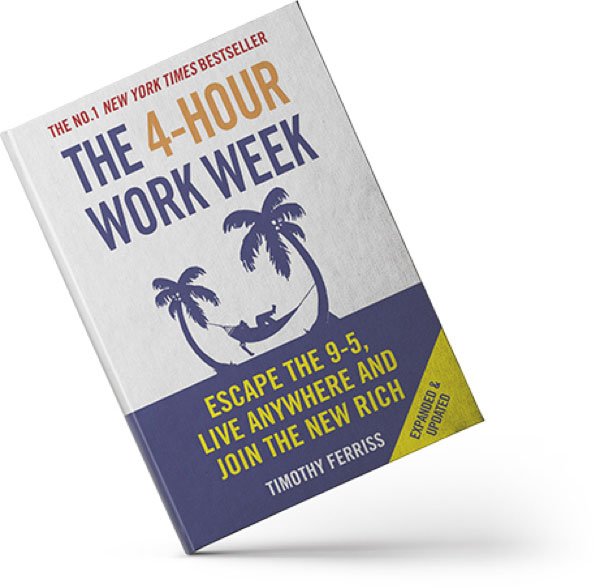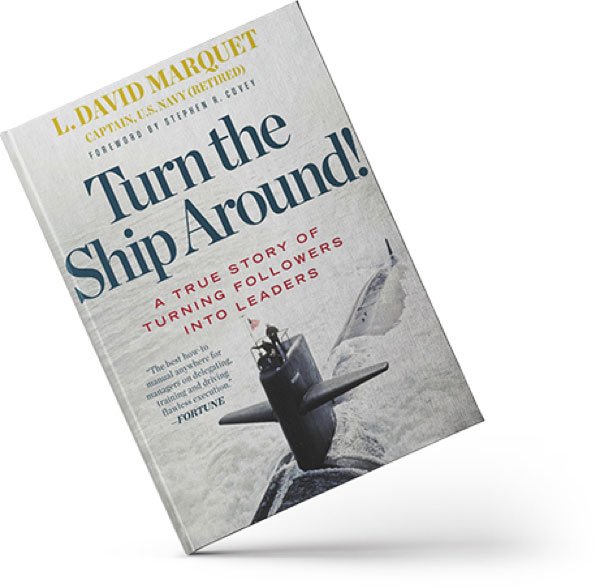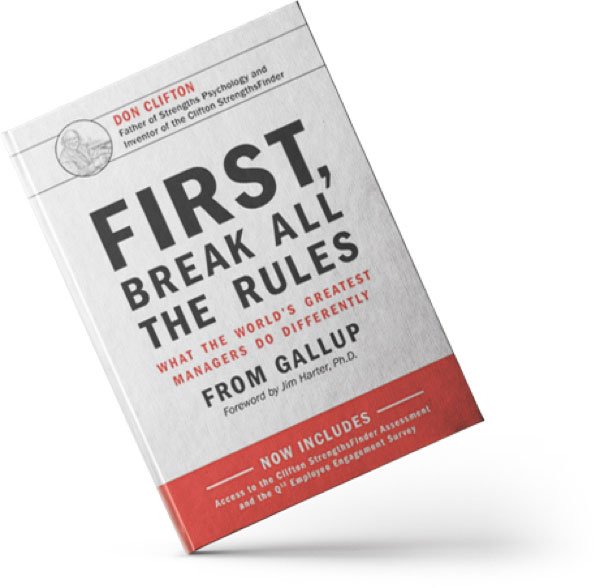A cracking question and one that a seriously edgy recent Leadership Dynamics roundtable event tackled head on.
Hosted by our very own Ben Eason, Andrea Pinchen delivered five lessons as the CEO who brought the roar back to the Leicester Tigers.

Culture, culture, culture. Tomes have been written about it; whole cities could be powered by hot air from CEOs banging on about it. Everyone’s trying to build one, from the likes of Amazon to the cool start-up down the road, and no matter who they are, it’s always “amazing”, “authentic”, or “unique” – probably all three. If your culture is “fantastic”, we congratulate you. But really, so what? We don’t mean to be rude, but it’s a critical question. Why are you trying to create a particular workplace culture? Do you even know? Because we reckon that for lots of companies, the idea of building a culture – whether it’s “totes amazeballs”, “magnifique” or “frickin’ mental mate” – has lost all meaning. It’s become a mere box-ticking exercise, something to be spoken about heartily and at great length before going back to business as usual.
Buy a ping pong table. Tick.
Set up an Instagram account. Tick.
Buy office beers. Tick.
Get everyone on Teams. Tick.
Shout about your amazing culture. Tick.
For us, there’s only one thing you need to know about workplace culture: you build one to get brilliant results. End of. Whether a culture is unique, authentic, beautiful or crazy is neither here nor there. It’s effectiveness that counts. And of course, the KPIs you use to measure the efficacy depend on you and the nature of your business. Andrea Pinchen drove this point home harder than Martin Johnson in his prime powering over the line.
Leadership Dynamics is our current critical theme for disruptive discussion, and we bring select CEOs and directors together to learn and share knowledge with intimate events and online content. It’s about cutting to the chase, being comfortable to state the uncomfortable and keeping it real.
In the first of a sparky series, Andrea’s chosen theme was Cultural Transformation.
She passionately off-loaded brilliant insights into effective – rather than just bullshit – culture. Unsurprisingly, this created vibrant, priceless and contentious discussion from other leaders in the room.
Andrea’s backstory was a fantastic mural against which the group was able to get into the prickly subject of culture. Before she became Tigers CEO in May 2020, the club had fallen off a cliff. Tigers have won the Premiership ten times, but during the 2018/19 season, they only narrowly avoided relegation after losing 16 of their last 19 games. The first part of the 2019/20 season was also shocking for the Welford Road faithful. Yet at the time of writing (mid-December 2021), Tigers are top of the Premiership, having won nine out of nine and kicked off their European campaign with an away defeat of Bordeaux, the Top 14 leaders. Andrea – who comes from a commercial, not a sporting background – has transformed an ineffective workplace culture into a powerfully effective one. But how?
TRIES, TRIBES & KPIS
Andrea says: “Before becoming CEO, I was commercial director. The club’s commercial home is at the ground, while the training unit is at Oval Park, Oadby. This had created two separate cultures and one was underperforming. In my eyes, my commercial guys were elite performers and the playing side had become a shambles. One day I went to the training ground and chatted with the coaches. I told the guys that I was working on a three-year commercial plan and asked: ‘What are your KPIs? What do you want to achieve?’ Their answer was: ‘We just want to win.’ I thought: ‘Hmmm, that’s interesting, so I stuck around, had a few chats and compiled a report for my manager. The report focused on the playing side – not from a performance perspective but from a leadership and management angle. The report outlined how to address some issues and it directly led to me becoming CEO.”
Andrea had spotted a dual culture. On the one hand, her commercial team was working towards carefully thought-through long-term goals and using KPIs to measure performance. On the other hand, the playing side was marching on with no plan except to win next Saturday (which was rarely happening). The commercial director – as she was then – passionately felt that change was needed. What’s more, she believed that she was the person to lead that change by spreading the high-performance culture of her commercial department towards the playing side.
This story sparked recognition from other leaders in the room:
One CEO said: “You can’t just build a workplace culture, leave it, put it to one side and hope it will keep going. You have to look after it constantly.”
Another said: “We have two cultures at our company: the factory floor and the office. Some factory workers resent what they perceive as the office team’s freedom. To combat this, we’ve started holding meetings to bring everyone together so we can understand each others’ roles in detail.”
A final thought came from a company founder: “We call it ‘tribes’. We don’t want tribes; we want one unified culture with everyone pushing in the right direction.”
LEAD THE CHANGE. DON’T JUST BLAH, BLAH, BLAH
Andrea continues: “I became CEO in May 2020 and when the training ground reopened after lockdown, I stationed myself there. Instead of sitting in my office, I’d hotdesk, working on my laptop and getting to know what everyone was doing. Initially, people were worried, thinking I was spying on them, but in reality, I just needed to understand that side of the business better. I also wanted people to know me and see that I was open and honest – blunt, some might say. I wanted everyone to recognise that they could have an open, honest conversation with me. I was trying to ‘live’ my philosophy and build trust.”
By doing this, Andrea took the first step towards breaking down the barrier between the club’s commercial culture and its training-ground culture. Rather than sitting in her office idly talking about change (surely a classic symptom of what we call bullshit culture), she was – in a tangible, physical, personal way – starting to embed the cultural change she wanted to see.
“Coming up with a plan to lead cultural change is the easy bit,” one director at the table said. “The tough bit is making it happen. Otherwise, it’s just words. A quote springs to mind. I can’t quite remember who said it – possibly Bob Diamond. It goes something like: ‘If you really want to know what an organisation’s culture is like, observe what the team is doing when they don’t think the boss is looking.’ So, to change the culture as a leader, you’ve got to get involved in a very personal, hands-on way.”
UNLESS THEY’RE REAL, VALUES ARE VALUELESS
Andrea states: “To try to solve the issues our club was facing, we worked on a new set of club values. It’s easy to talk about values, put them up on a wall and forget about them. We had to avoid that: our values had to be meaningful and part of our daily lives. So we set ourselves the task of creating values that would mean as much to our car park attendants and groundstaff as they would to our salespeople and players. We held group sessions for everyone at the club, including the players, and created a ‘shadow’ board of people from all levels. What came out were four values:
“Club first – which is not about putting your family aside, but prioritising the club whenever you’re at work.
“Tough.
“Passionate.
“Driven.
“We then had those four values stitched into the necks of the players’ shirts and, yes, put them up on the wall. And now we recruit to those values, whether we’re hiring office staff or players. The values are almost part of the contract. When anyone joins, we clarify that these are the values we expect from them. And we make it equally clear what we’ll give in return.”
By involving the whole club – from players to groundstaff – in creating a new set of values, Andrea made it more likely that she’d get buy-in from everyone. This wasn’t a set of distant values handed down from high, but a democratically chosen ethos based on Tigers’ history and heritage. Stitching the new values into the players’ shirts represented the pressing of a reset button, the start of a new era.
Another commented: “At our company, we appraise people on our values, which helps to hammer home that they’re more than just words. Every quarter you’re reminded whether you’re working to the values or not.”
A third leader said: “Empathy is our No. 1 value. We ask people to treat their colleagues, managers and customers with empathy. Treating people with empathy means it doesn’t matter what personality type you are – it crosses all barriers.”
But there was a word of warning, too: “Recruiting to values is great, but it’s important that you don’t end up hiring people who are all very similar. You need people who challenge the room and it’s important to have a diverse team.”
ALL IN. OR ALL OVER THE SHOP
Andrea says: “To create an effective, high-performing workplace culture, everybody must work towards the values. You can’t make exceptions for individuals, otherwise you put the whole project at risk. For example, during the first Covid lockdown, the club lost £1m a month. We couldn’t carry on like that. So, with an eye on our’ club first’ value, we brought in a 25% pay cut to anyone earning over a certain figure, no matter who they were. That was on top of 31 painful redundancies. Unfortunately, this led to the departure of five players, including Manu Tuilagi. It was sad and became a big media story, but I’ve always believed that everyone should be treated equally and fairly. So could we quietly exclude anyone from the 25% salary deduction? No. That would not have been true to our’ club first’ ethos.”
It’s painful when talented individuals leave any organisation, but as Andrea suggests, sometimes it’s unavoidable. When an individual refuses to adhere to a company value or a vital new strategy, it’s essential they either change or leave. Ensuring one of these two things happens is a prime example of an effective, non-bullshit workplace culture. Not only does it send a powerful message to the team that unfair play can’t and won’t be tolerated, but it also halts the spread of culture-eroding inequality.
One leader at our roundtable added this: “It doesn’t matter how much of a star someone is, if they don’t support the values of the business, or if they’re problematic to deal with, they have to not be there. It could be your most-prized salesperson, but if they don’t play by the rules of the rest of the business, how can you treat them differently? It’s one of the biggest challenges we face as leaders.”
INSPIRED RECRUITMENT AND ONBOARDING ARE AT THE ENGINE ROOM OF HIGH-PERFORMANCE CULTURE
Andrea says: “When I became CEO and moved from commercial to the playing side, I was surprised by how we recruited. We were not doing it to the best of our ability. We now build our values into our recruitment presentation and provide examples of how we’ve used the values and lived by them. The person we choose to run this recruitment presentation depends on whom we’re hiring. It’s whoever’s the best fit. We also make sure that newly recruited players have somewhere to live and their families know where all the best shops and schools are. We want them and their families to be as comfortable as possible.”
This carefully planned recruitment and onboarding process set the tone, feeding into and reinforcing a high-performance culture. The right messages are communicated from the off and the direction is set.
One fellow CEO said: “When recruiting, we try to give new joiners the psychological safety to put their heads above the parapet. Our message is: you can’t say anything wrong, you can make mistakes and won’t be vilified for it.”
SO, IS YOUR CULTURE HIGH-PERFORMANCE OR RELEGATION MATERIAL?
Go on, be brutally honest. Are you guilty of talking the culture talk without walking the culture walk? Do you pay lip service to building a “fantastic” or “authentic” workplace culture without giving much thought as to why, or without defining what “fantastic” or “authentic” mean in the context of your business?
At Leicester Tigers, Andrea is leading a cultural transformation that is measured by results on the pitch. She spotted a cultural problem and fixed it through careful planning, personal effort, and actions (not just words). Andrea wasn’t bothered about creating a “unique” or “awesome” culture, only an effective one. And the stats her efforts have yielded speak volumes.




















